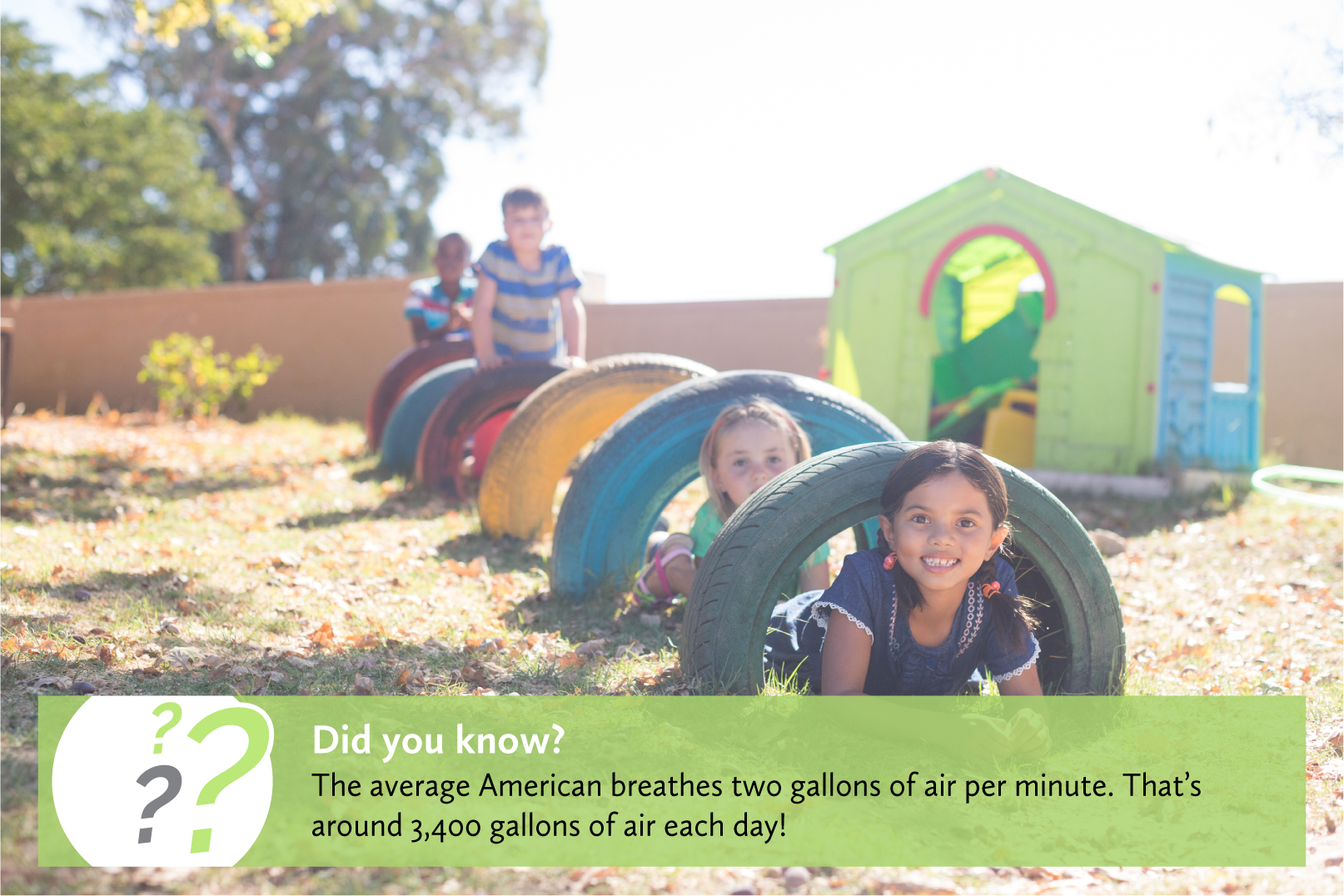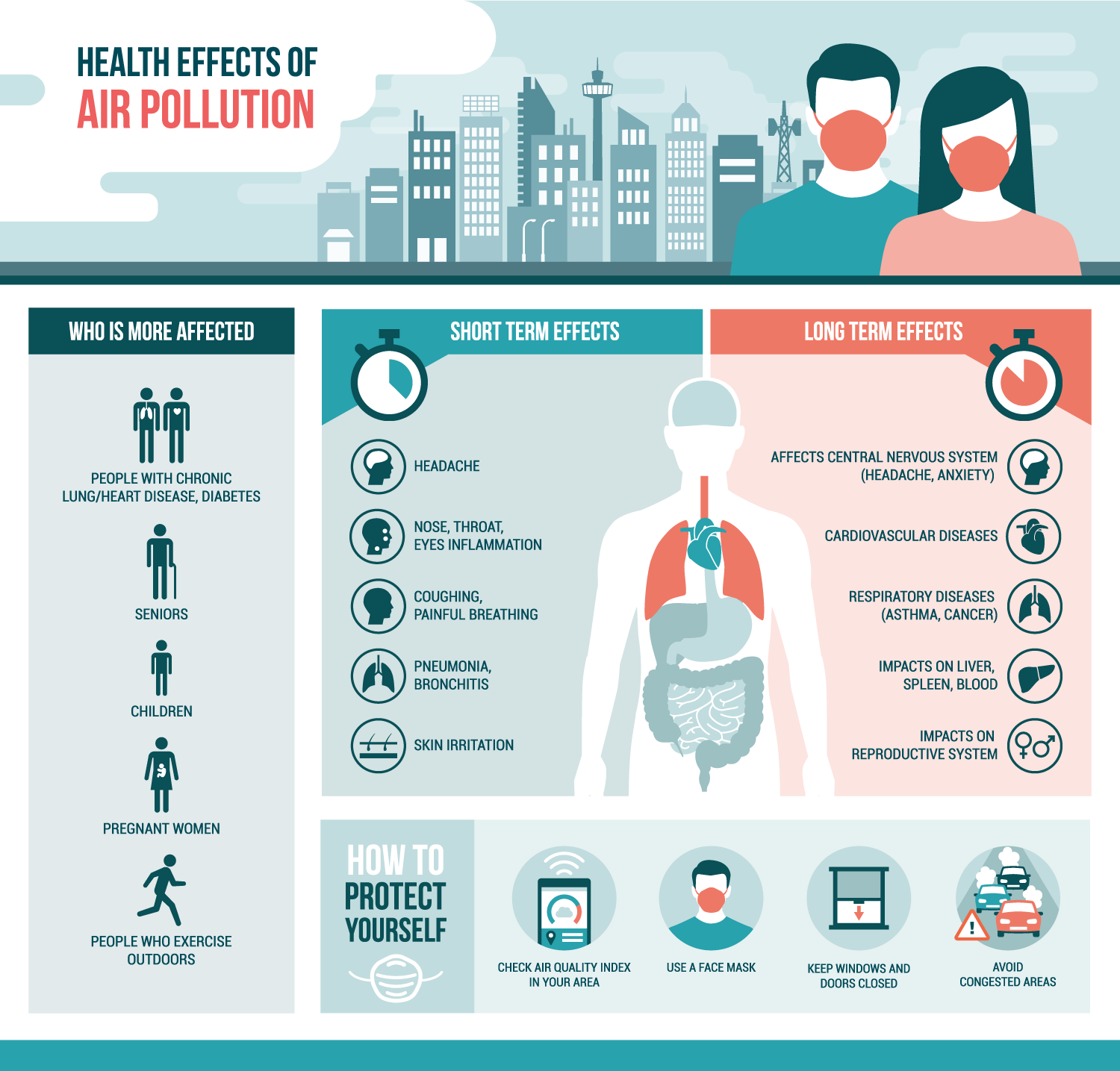Day 1: Your Heart & Lungs - Air Quality Awareness Week 2019

Spring is in the air; a time to open the windows, soak in the season’s colorful blooms, and explore Nevada’s inspiring natural surroundings. In recognition of national Air Quality Awareness Week, April 29 - May 3, 2019, the Nevada Division of Environmental Protection (NDEP) is encouraging Nevadans to “Check the AQI and Get Outside.” Throughout Air Quality Awareness Week, we will be sharing helpful information and resources about Nevada’s air quality on this blog. Look for new air quality related themes each day!
What is the Air Quality Index, and why is it useful?
The Air Quality Index (AQI) is a tool public agencies use to report daily air quality, and it is derived from real-time measurements. The AQI helps the public understand what local air quality means for their health. At NDEP, our goal is to promote air quality awareness and encourage our communities to check the AQI to decide when it’s best to be active outside.
For clarity and accessibility, the AQI is divided into six levels of health concern: good, moderate, unhealthy for sensitive groups, unhealthy, very unhealthy, and hazardous. As part of this effort, we issues air quality forecasts every day to help Nevadans and visitors plan their outdoor adventures.
Sign up for email alerts and daily air quality forecasts at EnviroFlash.
Air Quality Affects How We Live and Breathe
Like the weather, it can change day to day and even hour to hour. How does poor air quality impact your health? Find out more at airnow.gov!

For more information about the AQI and your health, check out these other great resources. And don’t forget to check back tomorrow for information about wildfires and smoke.
- A Guide to Air Quality and Your Health
- Center for Disease Control and Prevention – Air Quality Health Issues
- Healthy Heart Toolkit and Research
- Older Adults and Air Quality
